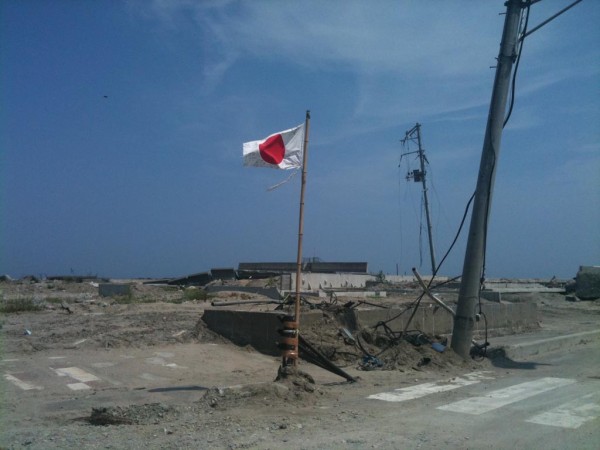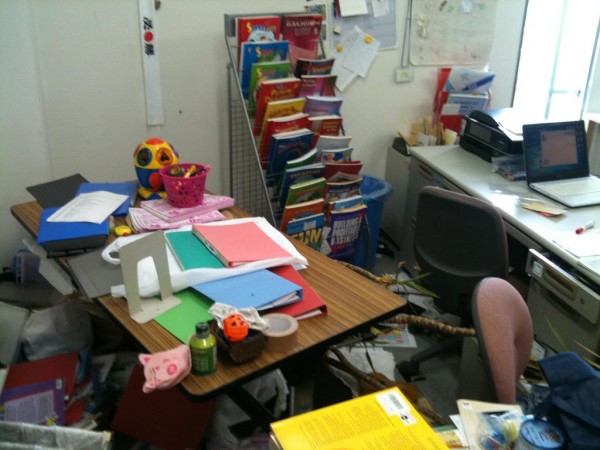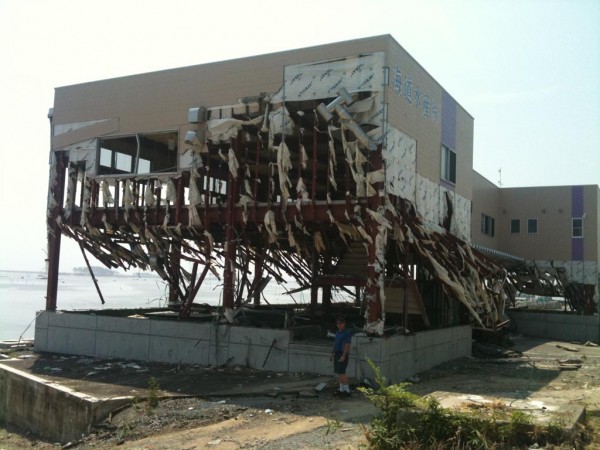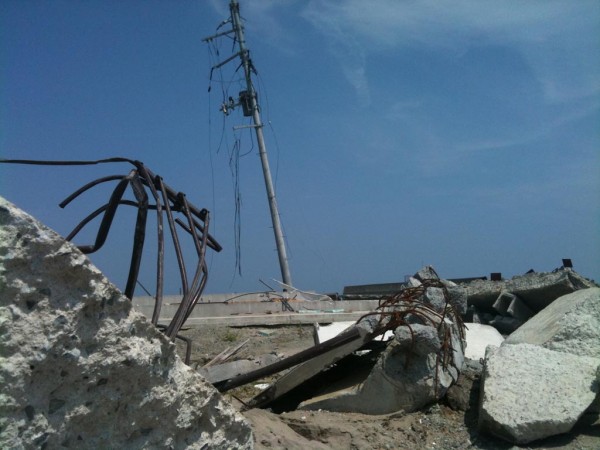[Editor’s note:  In this exclusive article FYP brings you the  human story behind the downtime suffered by the popular photography sharing site photojima.com and its eventual rise from the ashes.  We are sure you’ll like Photojima as much as we do.]
Some of you may already know of Photojima.com which I covered in a previous article despite them having suffered a setback as a result of the Japanese Tsunami. Since that time I have been in constant contact with the principals at photojima.com and am now able to bring you not only the extremities of the disaster they suffered but also am pleased to announce their re-entry to the market.
Photojima made its advent to the internet in 2010 after Canadian Mark Hollas conceived the idea after lamenting with fellow photography aficionados that there was no easy way to share pictures with friends and family aside from E-mail and Facebook. Sure these services along with a few others did the job of sharing but they weren’t private enough for sharing personal photos. Realizing that other people must have suffered the same dilemma Mark utilized his programing knowledge to build the photojima.com site, The site derives it name from the city where it was born, Fukushima, this gave way to the name Photojima as in Japanese Fukushima means (FUKU = happiness) and (SHIMA = Island) and the word “JIMA†is and inflection of SHIMA so the name means PHOTO ISLAND.
Photojima successfully launched and garnered users from around the world, it was a very popular site.not Mark ran it in conjunction with his day job, operating a successful private English school along with his wife. On Tuesday March 11th, 2011, Mark was 15 minutes into an English lesson with his kindergarten class of 5 kids, while his pregnant wife and kids were just down the hall in the living room. In a split second the building began to shake, however after having experienced a few quakes over the last couple weeks the lesson was paused but the kids remained seated. About 5 seconds later a rumbling sound like a loaded freight train was heard and suddenly there was a violent heave like never before. As per the earthquake drills, Mark rushed the students to their parents in the lobby and then went to see about the safety of his own wife and kids. In the panic the students did not go to their mothers a few steps away but followed him to his living room, by the time they got there the building was shaking so violently they could not .keep their balance to leave the room again. Mark’s pregnant wife took all the children under a table while he spent the next few minutes buttressing two china cabinets from falling on anyone. When the shaking stopped, Mark opened the door to find everything on the floor. He cleared a walking space and got the kids out to street level. Going back to the building later revealed that heavy objects such as the two lobby counters, the fridge, lockers and sofas had all moved 2 feet east of their original position. That night the Hollas family retreated to a designated emergency evacuation centre located in the building directly behind their home and school but strong after shocks continued to terrorize both adults and children every few minutes.
In the days to follow most of the city had power returned but water had not. Stores were out or running out of supplies as stations were dry and people waited in long lines to fill up any container they had with drinkable water. As is natural in Japanese culture, people remained calm with no looting or violence occurring as they tried to meet their daily needs. Next, the radioactive debris began to descend to earth and while residents prayed for favorable winds, that was not the case. Reports began to emerge of a radioactive cloud descending on the city. First reports indicated 28 microseiverts per hour was the reading in the air (about the amount of radiation you would receive from an 8 hour flight or a chest X-ray). Despite news outlets’ attempts to placate residents’ worry began to spread, especially among those with children who are more vulnerable to radiation. Mark and family were able to move to their in-laws condo but were unable to go any further as the only highway running north-south was closed to the public. They could not even opt to stick to rural routes or drive over the mountains because their car had less than half a tank of gas and there was no gasoline to be had within 200KM of their location. With those options escape was out!
Photograph courtesy of Mark Hollas
On March 18th, 7 days after the disaster. The Hollas family finally heard that Canada had begun to offer evacuation assistance to citizens. After a heart wrenching goodbye to Mark’s wife’s family, they began a long bus ride to Yokohama. Urgent travel arrangements were made via email to relatives in Canada and the Hollas family were finally able to leave Japan for Vancouver, Canada. A few months later the Hollases’ baby son was born. Their son was delivered at home by a doctor whom they will forever be thankful for meeting as he and a team of midwives delivered their son as an act of kindness as Mark’s wife could not be covered by health care and they could not afford the hospital bill after being reduced to little to no means after being wiped out by the earthquake, tsunami and resultant radioactivity .
Photograph courtesy of Mark Hollas
The Hollas family remained in Canada until June when they returned to pick up the pieces of the life they had left behind, and took some time to think about the situation in Fukushima and the health of their children. While they restarted their lives in Fukushima, for a while they constantly agonized about the radiation. Despite the government issuing decrees that the radiation was not a level that would permanently affect the health of children they took the precautionary step of purchasing a dosimeter to take their own readings, and found that the levels published by the government were not accurate. The government also issued a dosimeter to every child from Kindergarten to grade 10 that was to be worn around their necks on a strap with the logo “GANBARE FUKUSHIMA” which can mean “FIGHT! FUKUSHIMA”. The dosimeters issued to the children had no display and were to be submitted to their teachers at the end of each month. The teachers would then pass them to government officials who would record the data and send the exposure report to the family.
Photograph courtesy of Mark Hollas
The Hollas family found that having their children as test subjects was unacceptable and did not relish the possibility of one day receiving a letter in the mail basically saying “Sorry your kid has cancer”. The decision was taken to leave Japan. They gave themselves a month to close the school and say goodbye to the student body of around 100 and tie up any loose ends. They boxed up the things they could afford to ship back, including the development server for Photojima, and shipped them to Canada. Once the dust settled, Mark decided to try to get Photojima back up and running in the hope that it could create some revenue as he had not yet found employment in Canada. Photojima, a labor of love, also allowed Mark to have a demonstration platform where he could show his abilities in order to get work contracts designing and developing web applications for others.  Mark continues to build Photojima in his spare time in pursuit of the dream that was conceived in Fukushima in 2010. If you want to help Mark get Photojima back to a self sustainable project feel free to check out his Indeegogo fund raising link where you can make a donation for the maintenance of the site.
Photograph courtesy of Mark Hollas
About Photojima:
-
Photojima was create by the desire to have a way to share special moment and memories with family anywhere they might be in the world in a way that is simple enough for anyone in the family to participate, be private and to store photos safe from whatever might happen (you never know when disaster might strike).
-
Photojima strives to provide you with innovative ways to view pictures quicker and smoother and make it easier to share and get connected with friends
-
On Photojima you create private photo Islands. The island is a space for you, your friend and family to collect pictures and share stories together. Only the people you invite are able to see and participate on your Island. You can create an Island for any occasion whether it be for a Family photo album, Class photo albums, weddings, vacations, parties, or even special days like Christmas.
-
Photojima innovates sharing to make it easier to get the word out. Have an island? Share it privately to your Facebook friends and get them on you Island
-
Photojima makes it easier to share the best moments. Create collections of your favorite pictures and send them to friends in a slide show even share them with friends on Facebook privately!
-
Personalize your home page with a selection of pictures you like to see most
-
Innovative photo browsing lets you pick a list of pictures you want to see then browse them quickly and smoothly in a slide show.







